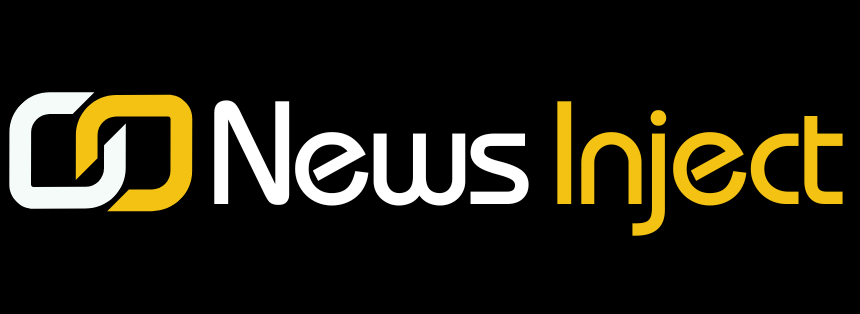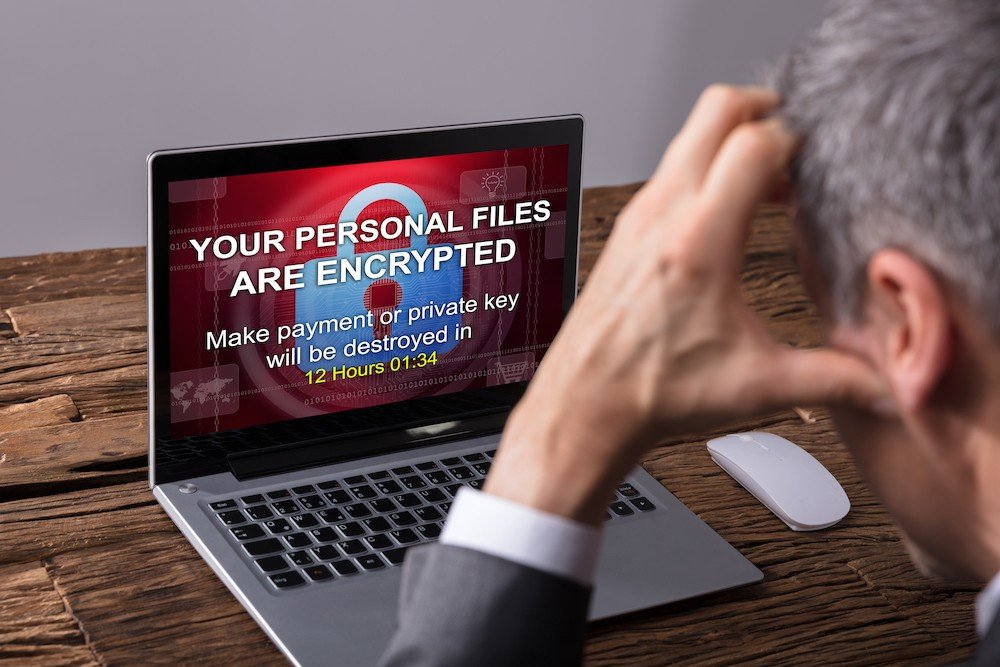In the world of cybersecurity, headlines are often dominated by bad news: ransomware attacks, stolen data, financial losses, and organizations brought to their knees by malicious hackers. Yet, every once in a while, a story emerges that provides a fascinating twist.
One such case unfolded recently in the Netherlands, where Maastricht University, a prestigious educational institution, managed to recover part of the ransom money it had paid during a devastating 2019 cyberattack—only this time, with an unexpected bonus. The amount had not only been returned but had more than doubled in value due to cryptocurrency market fluctuations.
This unusual turn of events raises important questions about the risks of cybercrime, the decisions victims face under pressure, and the unpredictable nature of digital currencies when intertwined with criminal activity. To fully understand the story, we need to go back to 2019, when the attack shook both the university community and cybersecurity experts across Europe.
The Ransomware Attack on Maastricht University
In December 2019, Maastricht University became the victim of a large-scale ransomware attack. Hackers successfully infiltrated the university’s network and deployed ransomware that encrypted hundreds of Windows servers and backup systems. This malicious encryption effectively locked up vital digital infrastructure, paralyzing the daily operations of the university.
Around 25,000 students and employees suddenly found themselves unable to access key resources. Scientific data, research archives, library systems, and even email services were frozen. For a knowledge institution that depends on continuous digital access for teaching and research, the disruption was catastrophic. Students preparing for exams and final theses were particularly impacted, raising alarms that academic progress and personal data might be permanently lost.
The attackers demanded a ransom of EUR 200,000 in Bitcoin, which at that time was equivalent to roughly Rs. 1.6 crore in Indian currency. Faced with enormous pressure and fearing irreparable damage, the university decided to pay the ransom after a week of negotiations. Officials cited the urgency of restoring academic activities and safeguarding sensitive personal data as the primary reasons behind their decision.
Why Do Victims Pay Ransom?
The decision to pay cybercriminals is controversial. Law enforcement agencies across the globe, including Europol and the FBI, strongly discourage making ransom payments. The reasoning is clear: paying ransom encourages more attacks, funds criminal networks, and provides no absolute guarantee that data will be restored or that hackers won’t strike again.
Yet, for organizations caught in the middle of an attack, the choice is rarely black and white. In Maastricht University’s case, the inability of thousands of students to continue their education or complete exams, coupled with the risk of permanent data loss, tilted the balance toward payment. For universities, which hold massive stores of sensitive academic and personal information, the stakes are exceptionally high. Losing years of research or confidential student data could have long-lasting consequences for credibility and operations.
Thus, while the decision was not taken lightly, Maastricht University joined the growing list of global institutions—schools, hospitals, government agencies, and private businesses—that have reluctantly paid ransoms to regain access to critical systems.
The Role of Dutch Police and International Investigation
Once the ransom was paid, the case did not end there. Dutch authorities, determined to pursue the perpetrators, began tracing the ransom trail. Since the attackers had demanded Bitcoin, the payment left a digital footprint on the blockchain, albeit one deliberately obscured through laundering techniques.
Investigators managed to trace part of the ransom to an account in Ukraine belonging to a suspected money launderer. By 2020, prosecutors seized the account, which contained various cryptocurrencies, including a portion of the ransom paid by Maastricht University.
This was a significant breakthrough because ransomware investigations often face dead ends. Hackers usually hide behind layers of anonymity, and funds move quickly through multiple wallets to evade tracking. The seizure highlighted the persistence of law enforcement and demonstrated that, while difficult, following the money trail is not impossible.
Cryptocurrency Volatility Turns the Tables
Here’s where the story takes an unexpected twist. By the time prosecutors were able to return the seized funds to the Netherlands—more than two years later—the cryptocurrency market had dramatically changed. The EUR 40,000 worth of ransom that investigators had recovered had ballooned to EUR 500,000 due to the rise in cryptocurrency values over time.
This meant that Maastricht University not only regained part of its ransom but also profited from the growth of digital currencies. It was a rare instance where the victim of a cyberattack managed to turn an initial financial loss into a net gain, even if unintentionally.
While unusual, this outcome underscores the unpredictable nature of cryptocurrencies. Unlike traditional currencies, their values can fluctuate wildly in relatively short periods, sometimes making losses far worse or, in rare cases like this one, converting them into unexpected windfalls.
How the University Plans to Use the Money
Maastricht University made it clear that the recovered money, now worth half a million euros, would not simply return to general funds or cover operational expenses. Instead, the institution announced that the money will go into a special fund to support financially strapped students.
This decision was met with wide approval. By directing the funds toward students in need, the university turned a negative chapter in its history into a positive investment in its community. The symbolic gesture also highlighted the institution’s commitment to supporting education, even in the aftermath of cyber adversity.
Cybersecurity Lessons from the Attack
The Maastricht University ransomware incident provides a powerful case study for educational institutions and organizations worldwide. Several key lessons emerge from the event:
- Preparedness is critical. Institutions must invest in robust cybersecurity defenses, including firewalls, intrusion detection, regular updates, and strong password policies.
- Backups are lifesavers. Regular, secure, and offline backups can prevent an organization from being held hostage. If Maastricht had fully resilient backup systems, the decision to pay ransom might have been avoided.
- Incident response planning matters. Having a well-rehearsed plan ensures that decision-making under pressure is guided by strategy rather than panic.
- Law enforcement collaboration pays off. The recovery of funds in this case was possible because authorities were actively involved from the beginning.
- Cryptocurrency volatility cuts both ways. While the university benefited from rising values, victims could just as easily face reduced recovery if market prices drop.
The Bigger Picture: Ransomware and Higher Education
The Maastricht case is not isolated. Universities worldwide have increasingly become attractive targets for cybercriminals. The reasons are clear:
- Universities store enormous amounts of valuable data, from research findings to personal records.
- Their networks are vast, complex, and often decentralized, making them harder to secure.
- Academic culture values openness and accessibility, which sometimes conflicts with rigid cybersecurity measures.
In recent years, institutions from the United States to the United Kingdom have faced similar ransomware attacks, leading to severe disruptions in academic schedules, research delays, and financial burdens. The Maastricht University attack is a reminder that higher education is far from immune to cyber threats.
Ongoing Investigation and Unanswered Questions
Although some ransom money has been recovered, the investigation into the hackers behind the Maastricht University attack remains ongoing. Authorities have yet to reveal the full identity of the perpetrators, and questions linger about whether justice will ultimately be served.
The international nature of cybercrime—spanning multiple jurisdictions, currencies, and online networks—makes prosecuting attackers extraordinarily difficult. While recovering funds is an achievement, identifying and convicting those responsible is the greater challenge.
Conclusion: A Rare Positive Twist in a Dark Reality
Cyberattacks are often devastating, and ransomware in particular has become one of the most damaging threats to modern organizations. Victims typically suffer financial losses, reputational harm, and operational setbacks.
Maastricht University’s story stands out precisely because it deviates from this grim narrative. The return of ransom money—augmented by cryptocurrency market gains—offered a rare silver lining. More importantly, the university’s decision to redirect the funds toward helping students demonstrates resilience and a commitment to turning adversity into opportunity.
As ransomware continues to evolve, organizations must strengthen their defenses, learn from case studies like this one, and remain vigilant. While luck and market fluctuations cannot be relied upon, careful preparation, transparency, and community-minded decisions can help institutions weather even the most severe digital storms.


